In the ever-evolving landscape of blockchain technology, interoperability has emerged as a crucial factor for the growth and expansion of decentralized networks. The ability to connect and communicate seamlessly between different blockchain platforms has become a pressing need, as it enables the exchange of assets, data, and applications across various ecosystems. Among the pioneers addressing this challenge is Polkadot, a next-generation blockchain protocol designed to facilitate interoperability and foster collaboration between different chains.
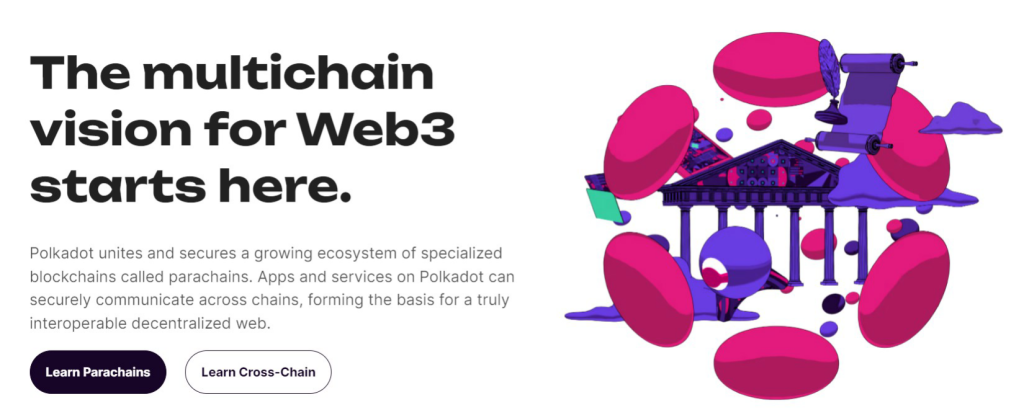
Table of Contents
What is Polkadot?
Blockchain technology has transformed the way we think about trust, decentralization, and digital transactions. However, the blockchain ecosystem remains highly fragmented, with different networks operating in silos, each with its unique features, advantages, and limitations. This lack of interoperability has been a significant challenge for developers and businesses seeking to create decentralized applications (dApps) that can work seamlessly across different networks. Polkadot is a next-generation blockchain platform that aims to address this issue by establishing a network of networks, allowing different blockchains to communicate and interact with each other securely and seamlessly.
How does the Polkadot Bridge work?
By enabling cross-chain communication and data sharing, the bridge has the potential to unlock a wide range of new use cases and applications for blockchain technology. Here are some of the key features and benefits of the Polkadot Bridge:
- Scalability
One of the main advantages of the Polkadot Bridge is its scalability. The relay chain can handle up to 100 para chains, each with its own set of features and applications. This makes it possible to build complex decentralized applications (dApps) and services that require high throughputs and low latency, such as DeFi protocols, gaming platforms, and supply chain management systems.
- Interoperability
Another key feature of the Polkadot Bridge is its interoperability. By connecting different blockchains and networks, the bridge makes it possible to exchange data and assets between them, creating a more connected and collaborative ecosystem. This can help to reduce fragmentation and silos in the blockchain industry, making it easier for developers and users to access and utilize different technologies.
- Security
The Polkadot Bridge also provides enhanced security for the entire network. The relay chain uses a unique consensus mechanism called the “shared security model” that allows all parachains to benefit from the same level of security and protection as the main chain. This helps to prevent attacks and malicious behavior and ensures the integrity of the entire network.
Use cases of the Polkadot bridge in the DeFi space
Polkadot’s interoperability features are particularly valuable in the DeFi space, where the ability to seamlessly move assets between different blockchains is crucial. One example of how the Polkadot bridge can be used in DeFi is with the integration of the Acala Network. Acala is a DeFi platform built on Polkadot that offers a suite of financial applications including a decentralized exchange (DEX), stablecoins, and staking.
With the Polkadot bridge, users can move assets between the Acala Network and other blockchains connected to the Polkadot ecosystem, such as Ethereum. This allows users to take advantage of the benefits of different blockchain networks without having to worry about the lack of interoperability between them.
Another example is the integration of the Chainlink decentralized oracle network with Polkadot. Oracles play a crucial role in DeFi by providing off-chain data to smart contracts. By integrating Chainlink with Polkadot, developers can access a secure and reliable source of off-chain data from a variety of sources, further expanding the functionality of DeFi applications on Polkadot.
In addition to DeFi, the Polkadot bridge also has potential use cases in other industries. For example, the healthcare industry could benefit from the ability to share and exchange medical records across different blockchain networks using the Polkadot bridge. The gaming industry could also take advantage of interoperability features to allow players to transfer in-game assets across different games and platforms.
Overall, the Polkadot Bridge offers a range of possibilities for industries looking to leverage the benefits of blockchain technology without being limited by the lack of interoperability between different networks.
Challenges and Opportunities for the Polkadot Bridge
The Polkadot bridge represents a significant advancement in the blockchain industry, but it is not without its challenges. One of the main challenges facing the Polkadot Bridge is the rapidly evolving nature of the blockchain landscape.
As new technologies and protocols emerge, interoperability becomes more complex, and the Polkadot Bridge will need to evolve to keep up.
One of the key challenges facing the Polkadot Bridge is security. As the number of bridges increases, so does the risk of security breaches. The Polkadot team has been working to address this issue by implementing advanced security features such as threshold signatures and multi-signature capabilities.
Another challenge facing the Polkadot Bridge is scalability. As more and more users adopt blockchain technology, the Polkadot bridge will need to be able to handle a large volume of transactions without compromising on speed or efficiency. The team behind Polkadot is already working on solutions to this problem, including sharding and parallel processing.
Despite these challenges, the Polkadot Bridge presents a wealth of opportunities for the blockchain industry. By enabling cross-chain communication and interoperability, the Polkadot bridge has the potential to unlock new use cases and applications for blockchain technology. For example, decentralized finance (DeFi) platforms could benefit from the ability to move assets between different blockchain networks seamlessly. The Polkadot bridge could also enable the creation of decentralized exchanges that allow for trading across different blockchain networks.
As the blockchain landscape continues to evolve, the Polkadot Bridge will need to adapt to meet new challenges and opportunities. However, with its innovative design and strong development team, the Polkadot bridge is well-positioned to play a leading role in the future of blockchain interoperability.
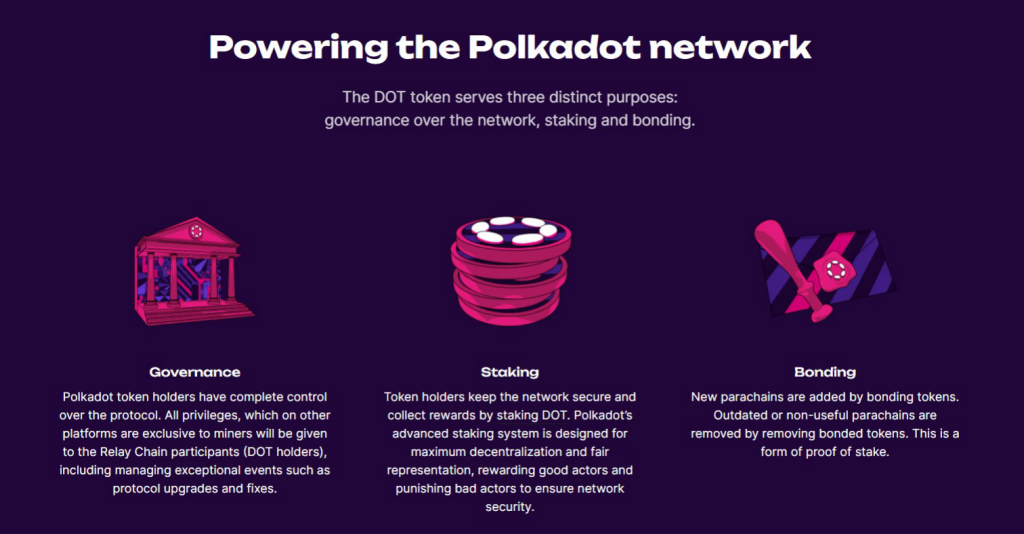
The future of cross-chain interoperability: What role will Polkadot play?
Polkadot’s ability to bridge different blockchain networks creates a new level of interoperability, providing developers with the flexibility to build applications that
span multiple chains. This is a significant development, as it enables the creation of decentralized applications that can leverage the unique features of different blockchain networks.
In addition to enabling cross-chain communication, Polkadot is also designed to facilitate the creation of new blockchain networks. This is accomplished through the Polkadot Substrate framework, which enables developers to create customized blockchain networks that can interact with other chains in the Polkadot ecosystem. This modular approach to blockchain development provides developers with the flexibility to create highly specialized blockchains that meet the specific needs of their applications.
Looking to the future, Polkadot’s innovative approach to interoperability positions it to play a significant role in the continued evolution of the blockchain ecosystem. As the number of blockchain networks continues to grow, the need for seamless communication between them will become increasingly important. Polkadot’s unique approach to cross-chain interoperability provides a powerful solution to this problem, unlocking new possibilities for decentralized application development.
What Polkadot bridges are popular now?
Below are some of the specifics of the Polkadot blockchain bridges:
Interlay
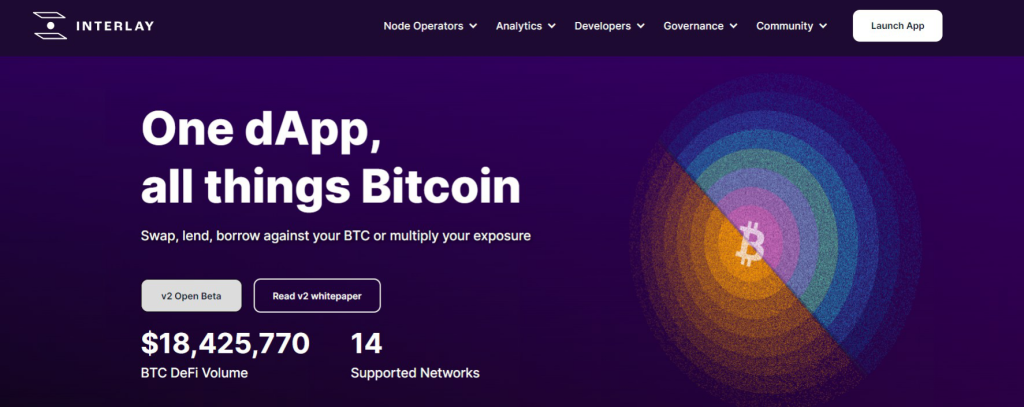
Interlay has established a trustless bridge between Bitcoin and Polkadot. It is currently in the beta test net phase. The bridge allows users to mint assets backed by Bitcoin for a 1:1 ratio on the Polkadot platform, which is known as PolkaBTC. PolkaBTC is a native asset that can be used with any app or para chain inside the Polkadot ecosystem. It unlocks the liquidity of BTC for Polkadot’s decentralized finance. The XCLAIM protocol is used in the PolkaBTC process to transform the bridge into a trustless, permissionless, and censorship-resistant bridging medium.
Darwinia
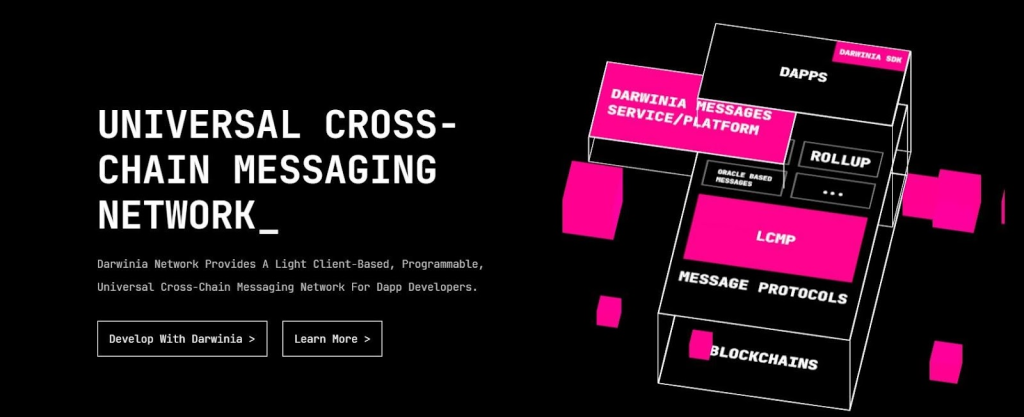
Darwinia is a cross-chain bridge hub network that has developed a permissionless and noncustodial bridging protocol. The protocol features low-cost and efficient decentralization of cross-chain tokens. Darwinia’s bridging protocol also focuses on other cross-chain exchanges, such as crypto-asset transfers. This bridge incorporates technologies such as optimistic verification mechanisms.
ChainX

ChainX is a crypto assets exchange platform that aims to construct bridges to multiple networks and has implemented a bridge between BTC and a substrate-based chain. As per the bridge design of ChainX, validators who are staked in the PoS consensus of ChainX use the bridge and also control a BTC multi-sig wallet.
Bitfrost
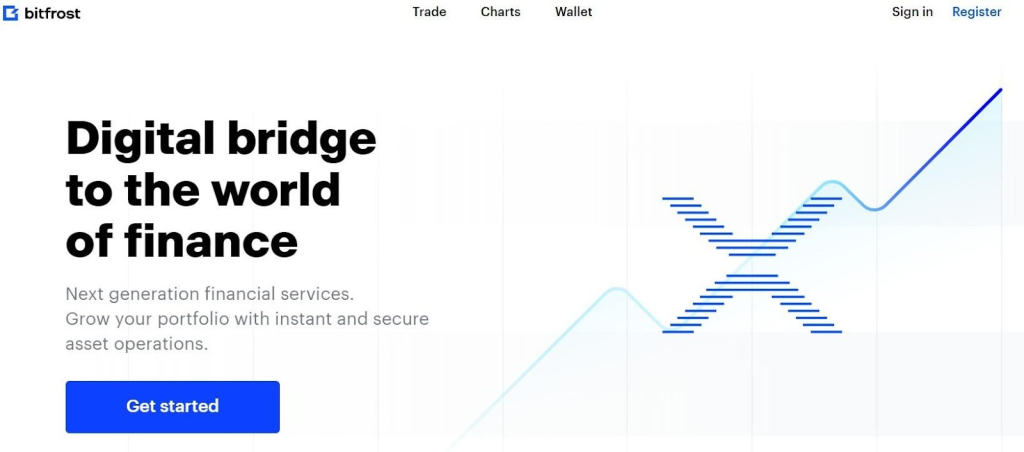
Bitfrost has developed a bridge for the EOS networks. This bridge enables cross-chain asset transfers in a trustless manner by implementing light nodes on-chain, along with Merkle tree verification.

An experienced leader in software engineering and technology, I’ve driven value for top-tier Fortune 100 and 500 clients as the former CTO of Big Drop Inc. Overseeing a global team, we secured 34 global awards for pioneering web design using our proprietary tech. As the Co-Founder of Motion Design School, I created an innovative platform for global artists. Now, I apply my expertise to the dynamic world of blockchain, leveraging years of experience to shape decentralized technology’s future.